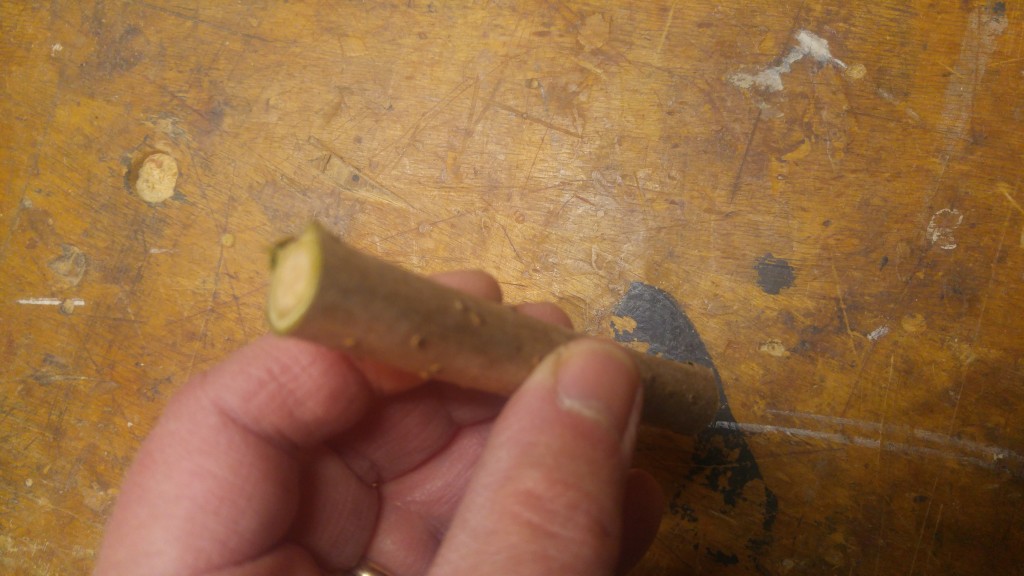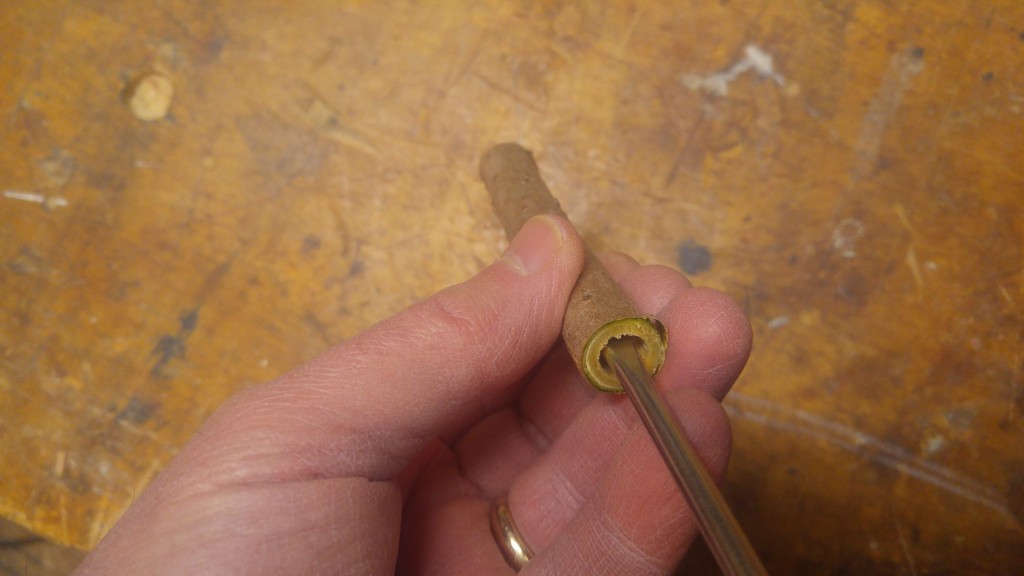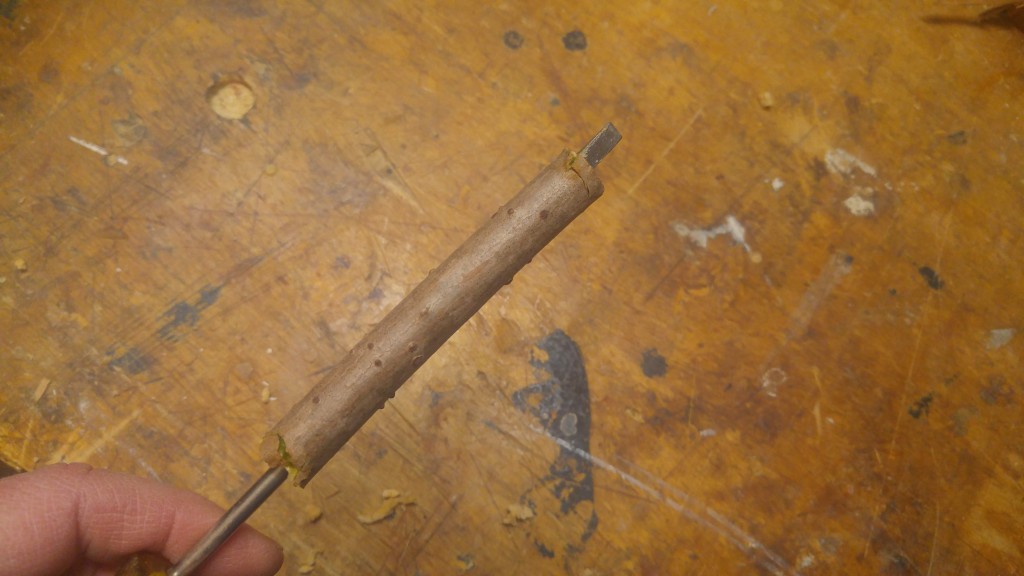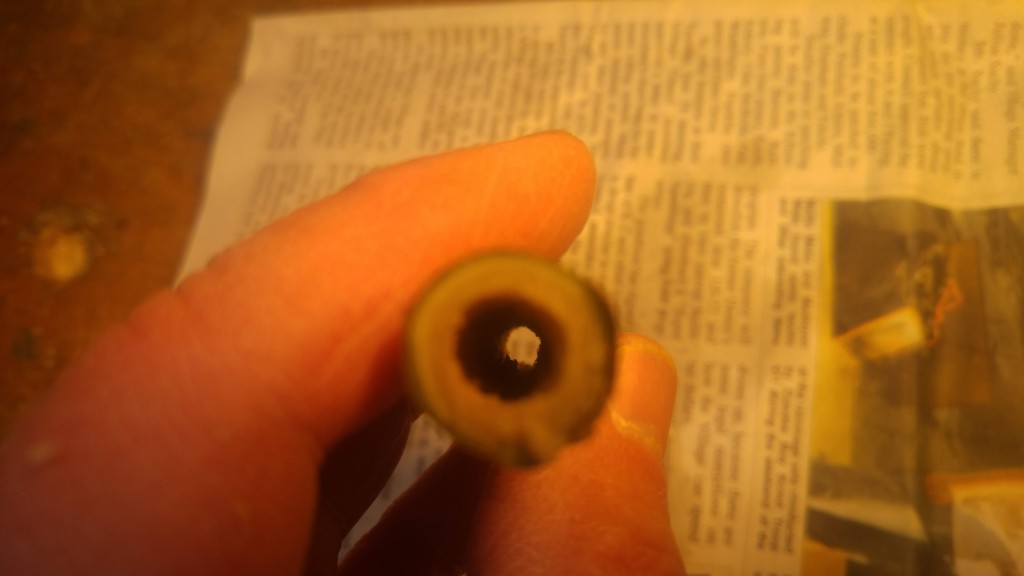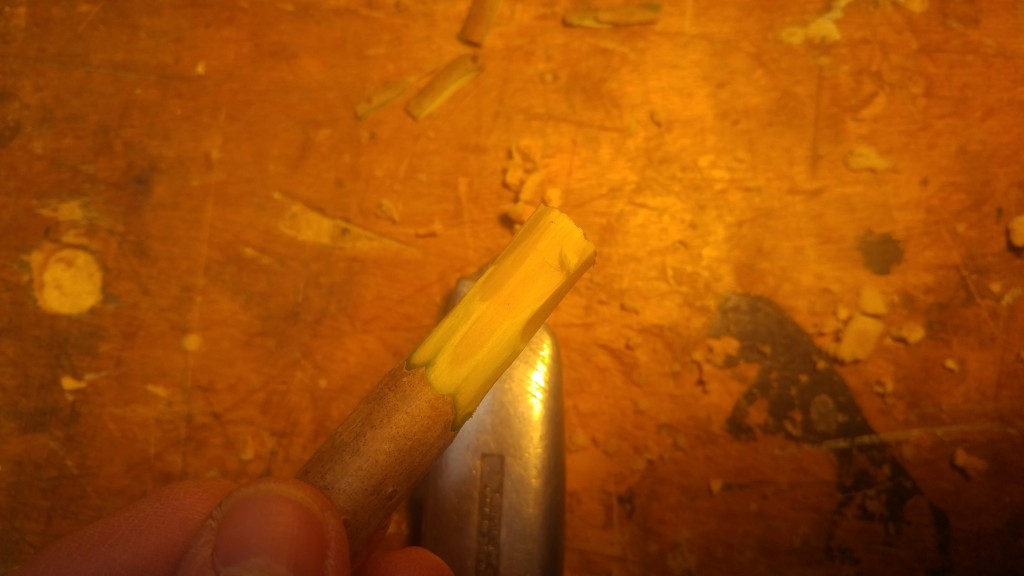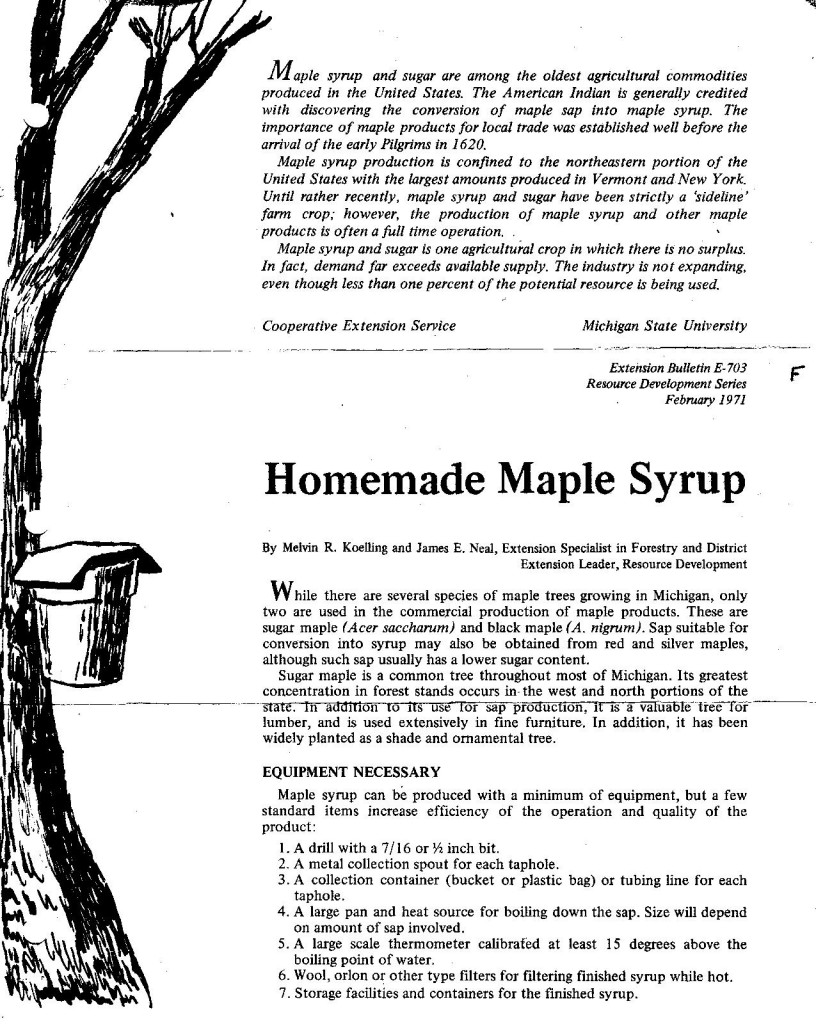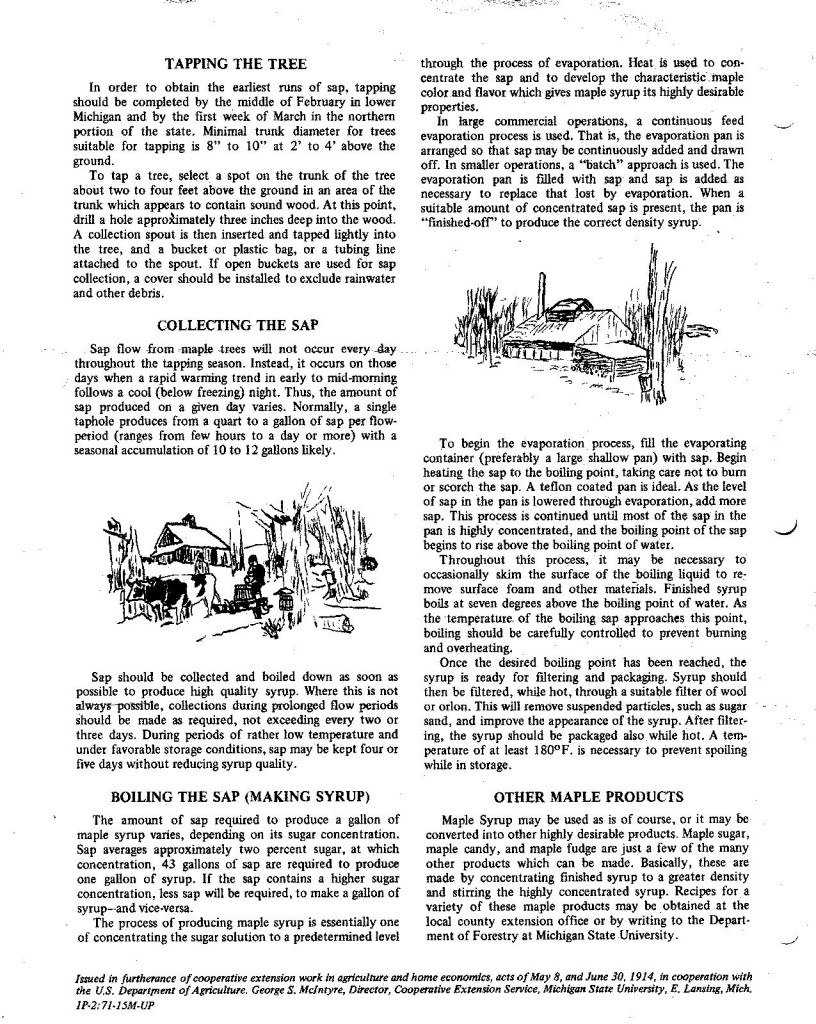We’re rapidly approaching the maple syrup season. Actually if it wasn’t for this cold snap we’d be gathering sap right now. It all depends on the weather, cold nights with quickly warming morning stimulates sap flow.
Now that I reminded you of it, maybe you want to try making some maple syrup yourself this year. First you’ll have to collect maple sap and for that you’re going to need some equipment before you start. One very important piece of equipment is the stile, or tap. That’s the little doohickey that is used to funnel maple sap from the tree trunk to a pail or other collecting container.
Like so many other things that started out simple, a huge retail industry has developed around selling items for tapping maple trees. To hear them tell it, you can’t even get sap out of a maple tree without their products. People have been tapping trees and making maple syrup for centuries, How did they do it without access to modern day gadgets? Well, they made their own equipment using raw materials available in the environment around them.
If you hurry and ask for priority shipping, you may be able to order tree tapping stiles online and get them before the season ends. Or you can make your own.
You can easily carve a stile from an elderberry branch using tools you already have around the house. Sumac branches work just as well or perhaps even better than elderberry and may be easier to find in your neighborhood.
The hardest part of the whole process is finding the shrubs. Once you find a likely bush, take out your sharpened pruners and cut off a section of branch around a half an inch in diameter. Freshly cut, green stems are relatively soft and very easy to work with.
Cut elderberry branches into sections three to four inch long.
Using a screw driver, hollow out stem by removing the soft pithy part running through the center.
For the next step, use a sharp pocket knife to whittle away one end to form a taper. This will be the end that goes into the tree.
Finally, make a slanted cut at the far end to form a spout. And that’s all there is to it. Your first stile will probably take several minutes to make but once you’ve done it, you’ll find the next one will be easier and can be finished in less than a couple of minutes.
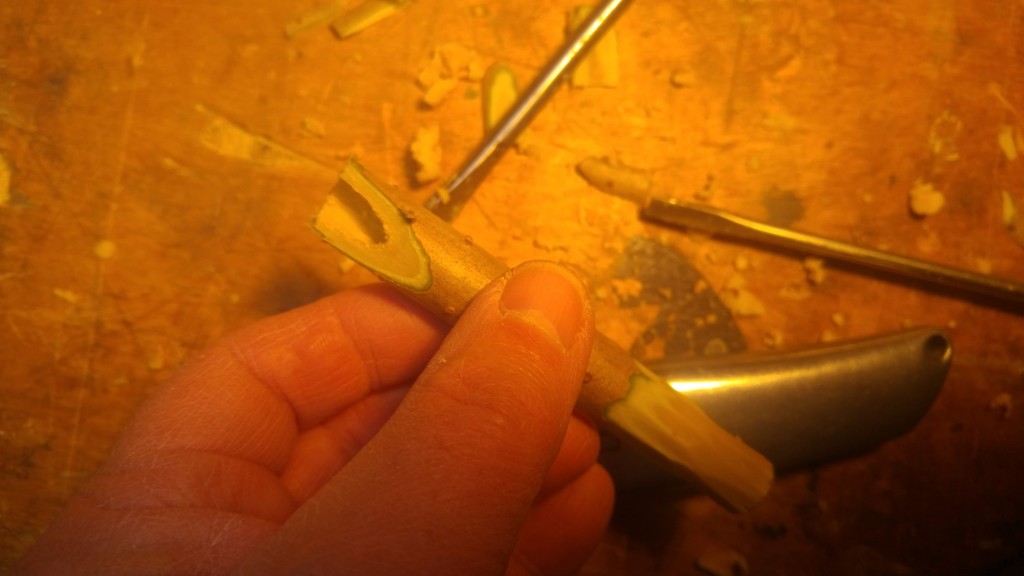
To complete your stile, make an angled cut at the opposite end to form a spout. Shave off the bark f you want.
I’m not going to go though all the steps necessary to tap a tree and boil down sap into syrup but if you want to learn more, click here to find an old publication that I posted several years ago describing the process from start to finish.
After the first year, you may find you’re interested in expanding your syrup making hobby, if that’s the case then by all means go online and start collecting more sophisticated equipment for next year.
Bob
